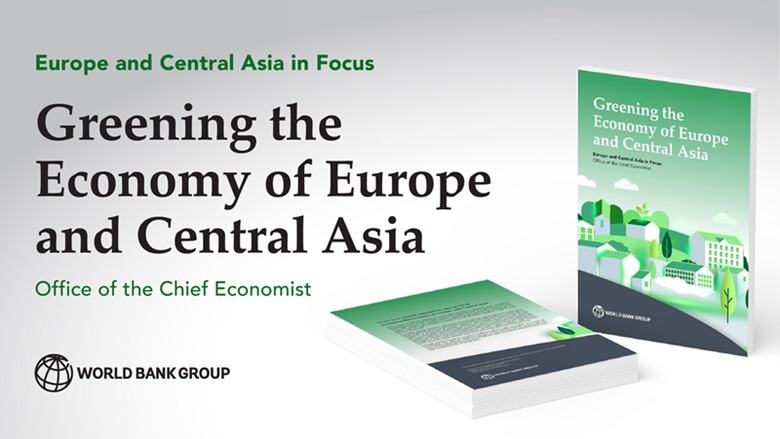The impacts of climate change pose a significant threat to lives and livelihoods across the emerging and developing economies of Europe and Central Asia. As a result of heavy reliance on fossil fuels and energy-intensive economies, this region’s per capita carbon emissions are among the highest in the world—and its total emissions exceed those of Northern, Southern, and Western Europe combined.
The clean energy transition will require massive private and public investment and a range of policies to ensure that investment is effective. The report Greening the Economy of Europe and Central Asia outlines the stakes and suggests a policy mix that can advance this transition and boost sustainable, resilient growth. As the analysis highlight, policies to consider include:
- Pricing reforms, especially the reduction or phase-out of energy subsidies, to motivate the private sector to implement decarbonization measures
- Tax instruments
- Regulatory policies such as mandating energy efficiency and improved standards for appliances to help achieve emission reduction targets
- Structural policies that strengthen macroeconomic fundamentals, deepen capital markets, and improve governance
- Social policies to reduce energy poverty and protect the poorest and most vulnerable people
